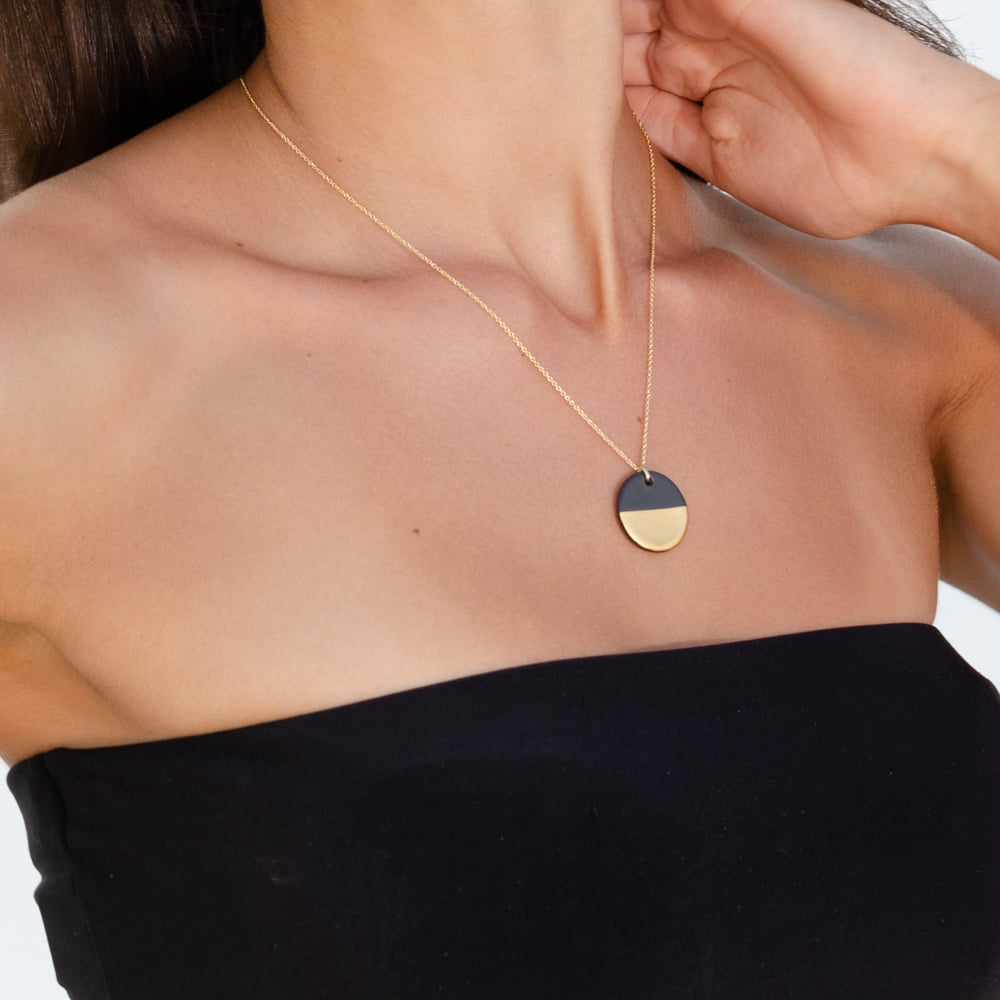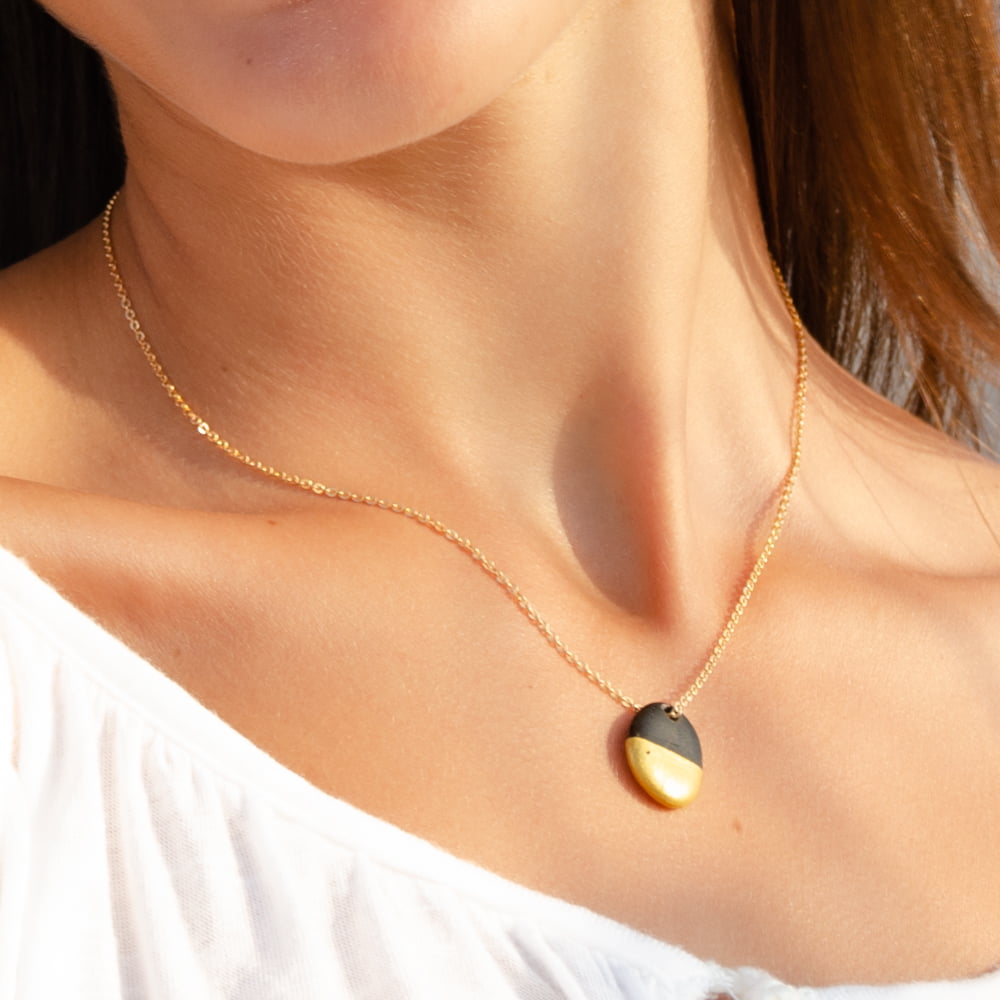Rêvés en Grèce, réalisés en France.
Je m’appelle Photyne et je suis franco-grecque. Je crée des objets élégants et intemporels en m’inspirant de ma double culture comme des sandales en cuir, des bijoux, de la décoration. Bienvenue dans mon univers, ma vision d’un bazar de Méditerranée moderne et chic où se côtoient la céramique, l’or, l’argent, le cuir, le bois, le verre, les pierres fines et les perles ethniques pour vous offrir des colliers et des boucles d’oreilles en porcelaine, des bagues à l’esprit bohème, des nu-pieds originaux 100% cuir grec et des accessoires uniques… comme vous.




La boutique
c'est vous qui en parlez le mieux
Belles et sobres!
Belles et sobres, ces boucles d’oreilles ont charmé ma femme ! De plus, la communication et l’envoi ont été irréprochables! Une boutique à recommander!!.
Super mignonne!
Super mignonne j’adore, fait avec grande attention cela fait plaisir ❤️😊
Absolutely gorgeous!
It’s modern and sleek with a handmade touch so it never feels impersonal. Tons of compliments but more importantly I love the lightness of the way it lies and the brightness of the gold.
Super contente
Super contente, je recommande. Envoi rapide et joli collier.













